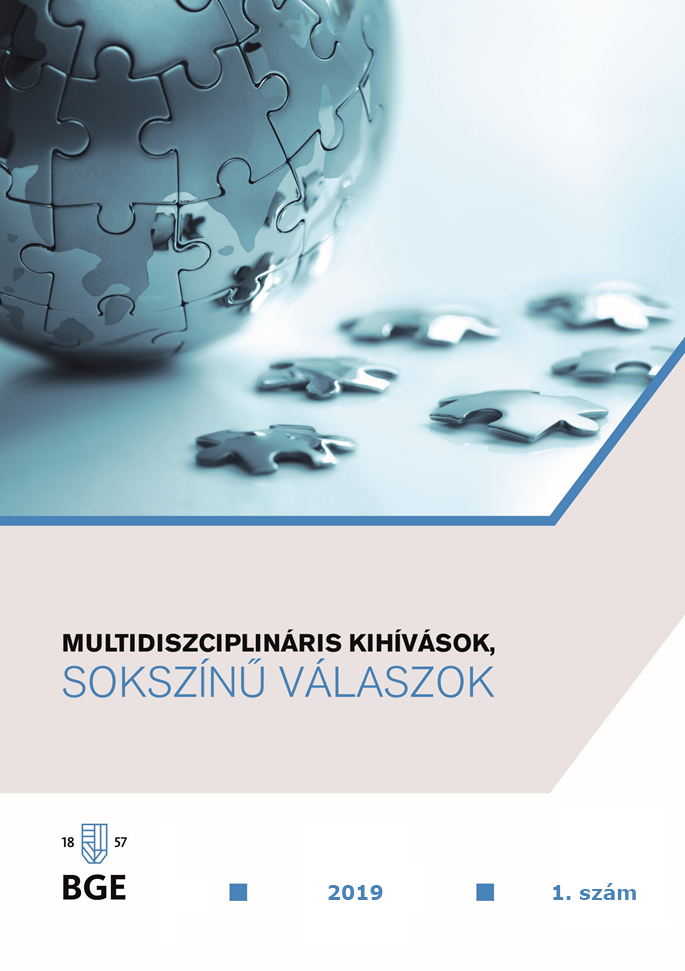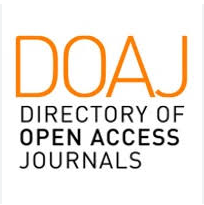INTERNATIONAL SYSTEM AND GEOPOLITICAL MODELS FROM CENTRAL-EUROPEAN VIEWPOINT
Abstract
On 25 December, 1991 the Soviet Union ceased to exist. The resignation of the president, Mihail Gorbacsovmeant the end of the eastern-western conflicts and the bipolar world, and it also meant the beginning of the significant changes in the international relations. In historical sense for a while there was the only one super power, the USA remaining alone inthe political battlefield. In a decade the outline of the multipolar and interdependence international system began to crystallize. The signification of the Eurasian Heartland also began to develop. Russia emerged as the representative of neoeurasianism in order to restore.China as a new super power also started to expand and extend its influence on the world. The European Union with its inner conflicts tries to keep its fragile power position.Parallel with the above mentioned changes in the system of the international relations the influential role of civilizations, identities and new economical-political integrations have increased. All these factors and processes have shaped new spatial structures and have significant influence on the geopolitical thinking that rejects the one-poled (Atlantic) idea of globalization and have an effect on the field and role of the Eastern and Central Europe in the international relations. This research paper aims at summarizing and synthetizing the outlined factors.


























